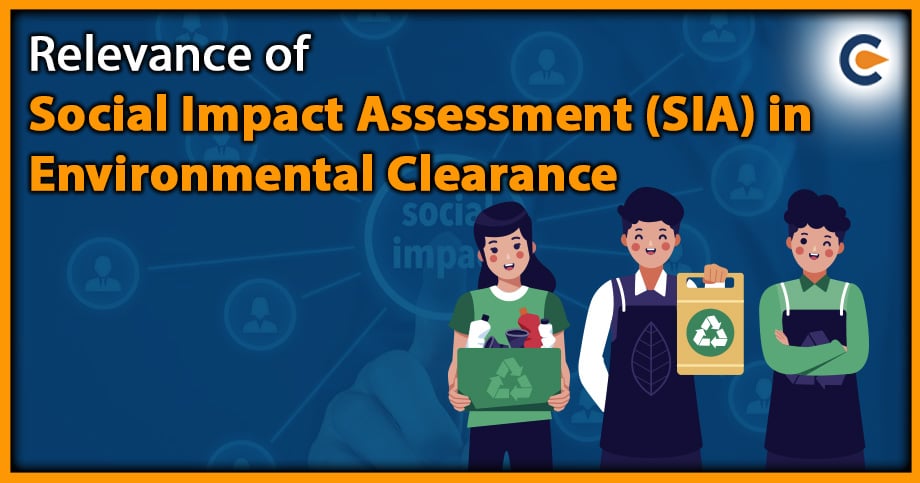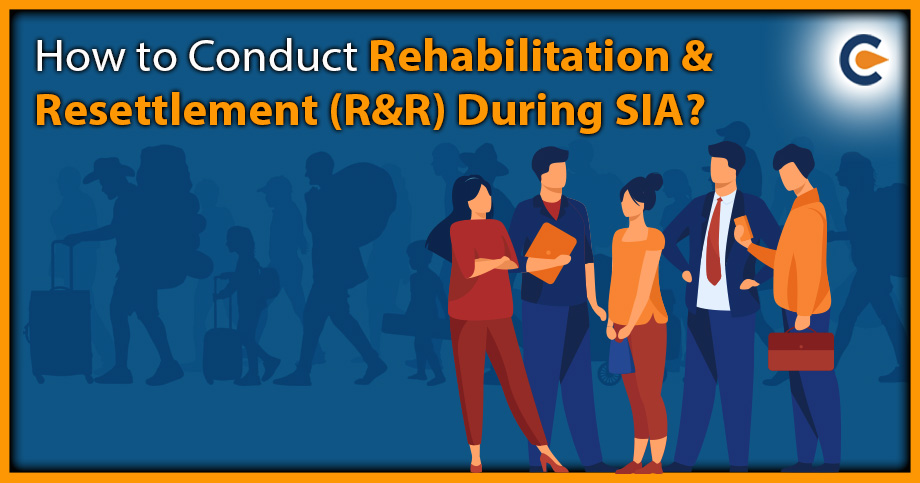Social Impact Assessment (SIA) is a process that evaluates and manages the intended and unintended social effects, both positive and negative, of policies, programs, plans, projects, and other initiatives. SIA considers the impacts on individuals, families, communities, and institutions, including changes in social structures, relationships, and cultural identity. Knowing how to conduct SIA provides decision-makers with an understanding of their actions’ social consequences and identifies ways to enhance positive outcomes and mitigate negative impacts. It involves a participatory approach that engages stakeholders in the project’s assessment, planning, and implementation stages to address their concerns and needs.
Significance of SIA
The primary focus of SIA is on the significant impacts of projects and developments beyond their impact on natural resources. Social impacts can include the following:
- The ways people live, work, socialize and interact with one another daily.
- Cultural beliefs, customs, values, language, and dialect.
- Community cohesion, stability, character, services, and facilities.
- Political systems, including the level of participation in decision-making, democratisation, and resources allocated to support participation.
- Health and well-being is a state of complete physical, mental, social, and spiritual well-being, not just the absence of illness or disability.
How to Conduct SIA for Prior Environment Clearance


The SIA process is a method of analysing the potential social effects of a proposed project or development. The process typically involves several steps, including scoping, baseline analysis, impact assessment, impact mitigation and benefit enhancement, SIA report including Social Impact Assessment Plan (SIMP), SIMP implementation, review and update, and monitoring. Here is a brief overview of how to conduct SIA.
- Scoping: This step involves identifying the potential social impacts of the project and defining the scope of the assessment. It also involves identifying stakeholders who will be affected by the project and consulting with them to understand their concerns and needs.
- Baseline Analysis: This step involves gathering data on the existing social conditions in the project area. This may include information on demographics, land use, employment, housing, health, education, and other social factors.
- Impact Assessment: This step involves assessing the potential social impacts of the project based on the baseline analysis and the proposed project activities. This may include evaluating impacts on employment, income, access to services, cultural heritage, social cohesion, and other factors.
- Impact Mitigation and Benefit Enhancement: This step involves developing strategies to mitigate any adverse impacts of the project and enhance any positive impacts. This may involve measures such as community development programs, job training, environmental protection measures, and infrastructure development.
- SIA Report Including Social Impact Assessment Plan (SIMP): This step involves compiling the findings of the SIA process into a report, which includes a Social Impact Assessment Plan (SIMP). The SIMP outlines the measures that will be taken to mitigate negative impacts and enhance positive impacts.
- SIMP Implementation: This step involves implementing the measures outlined in the SIMP. This may include working with project developers, local communities, and other stakeholders to implement the measures effectively.
- Review and Update: This step involves reviewing the effectiveness of the SIMP measures and updating them as necessary to ensure that they continue to address the social impacts of the project.
- Monitoring: This step involves ongoing monitoring of the project to assess the effectiveness of the SIMP measures and identify any new social impacts that may arise over time.
Documents Required For Social Impact Assessment
The documents required for SIA are as follows:
- Project proposal and feasibility report
- Maps and plans of the project area
- Social and cultural data of the affected area
- Demographic data of the affected population
- Land acquisition and resettlement plan
- Baseline survey and impact assessment report
- Stakeholder consultation and participation report
- Economic analysis of the project
- Health impact assessment report
- Gender and social inclusion analysis report
Regulations Governing the Social Impact Assessment in India
The regulations that govern the process of how to conduct SIA has been summarised below:
- The Right to Fair Compensation and Transparency in Land Acquisition, Rehabilitation, and Resettlement Act, 2013 (LARR Act): This act mandates that a Social Impact Assessment be conducted for all land acquisition projects that will result in the displacement of people and that the affected people must be given fair compensation, rehabilitation, and resettlement.
- The National Rehabilitation and Resettlement Policy, 2007: This policy outlines the principles and guidelines for the rehabilitation and resettlement of people affected by land acquisition and emphasises the importance of conducting a Social Impact Assessment.
- The Forest (Conservation) Act 1980, requires that any project involving the diversion of forestland for non-forest purposes must undergo a Social Impact Assessment.
- The Environmental Impact Assessment (EIA) Notification, 2006: This notification mandates that all development projects likely to have significant environmental impacts must undergo an Environmental Impact Assessment, including a Social Impact Assessment.
- The Scheduled Tribes and Other Traditional Forest Dwellers (Recognition of Forest Rights) Act, 2006: This act recognises the rights of forest-dwelling communities, particularly tribal communities, and mandates that their consent be obtained, and a Social Impact Assessment be conducted before any forest land is diverted for non-forest purposes.
Development of SIA in India
In 2013, The Right to Fair Compensation and Transparency in Land Acquisition, Rehabilitation and Resettlement Act made SIAs mandatory in India. Any major project in India needs to conduct an SIA within six months of its start date, according to the 2013 land acquisition law. The Indian government hopes that mandating SIAs will reduce social unrest caused by uncompensated land acquisition and accelerate development projects while ensuring that locals receive fair resettlement packages and developers engage positively with local communities.
The government has conducted many SIAs for various projects, such as the recent SIA Study for Nuclear Power Projects in Andhra Pradesh. Although some landowners affected by land acquisition may benefit from SIAs, others have criticised them for slowing down development projects by extending the land redistribution process. Bureaucracy and complications related to land acquisition often cause many development projects to remain stalled.
Conclusion
The knowledge of how to conduct SIA is required for major development projects. It is designed to identify the potential effects of a project on the social and cultural fabric of the surrounding communities. SIAs can help reduce social unrest caused by land acquisition, ensure that locals receive proper resettlement packages, and help developers constructively engage with local communities. However, the effectiveness of SIAs can be limited by bureaucratic procedures, lack of community participation, and inadequate consideration of long-term impacts. Therefore, it is essential that SIAs are conducted comprehensively and collaboratively, considering the views and concerns of all stakeholders, including marginalised and vulnerable groups. The SIA process should be transparent, and recommendations must be incorporated into the decision-making process. By doing so, SIAs can help promote sustainable development that benefits both the project proponents and the communities affected by the project.
Read Our Article: Relevance Of Social Impact Assessment (SIA) In Environmental Clearance











